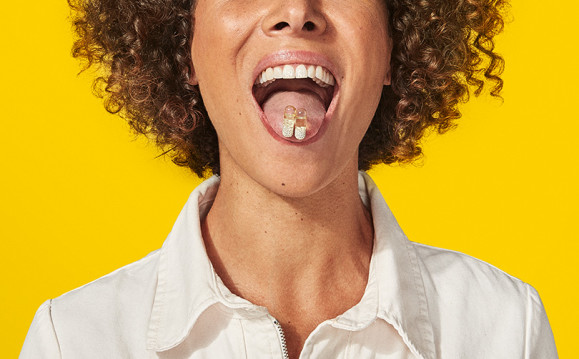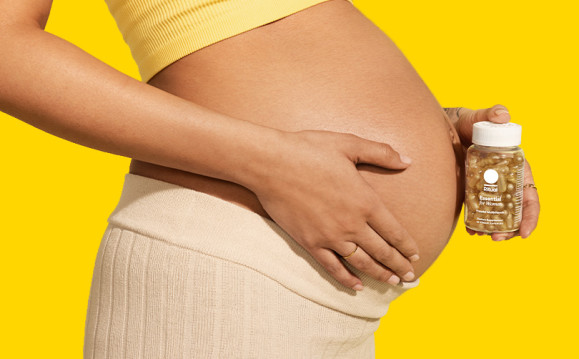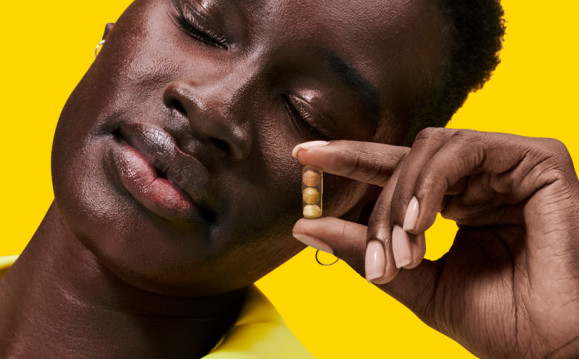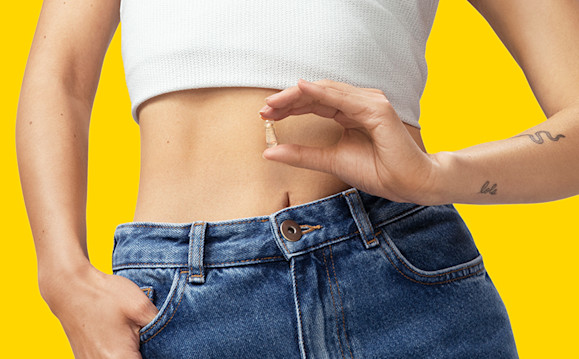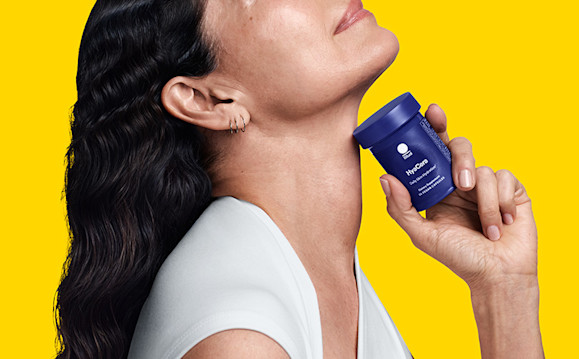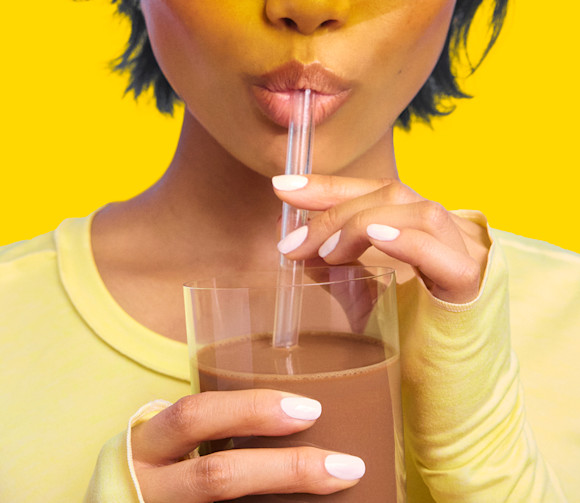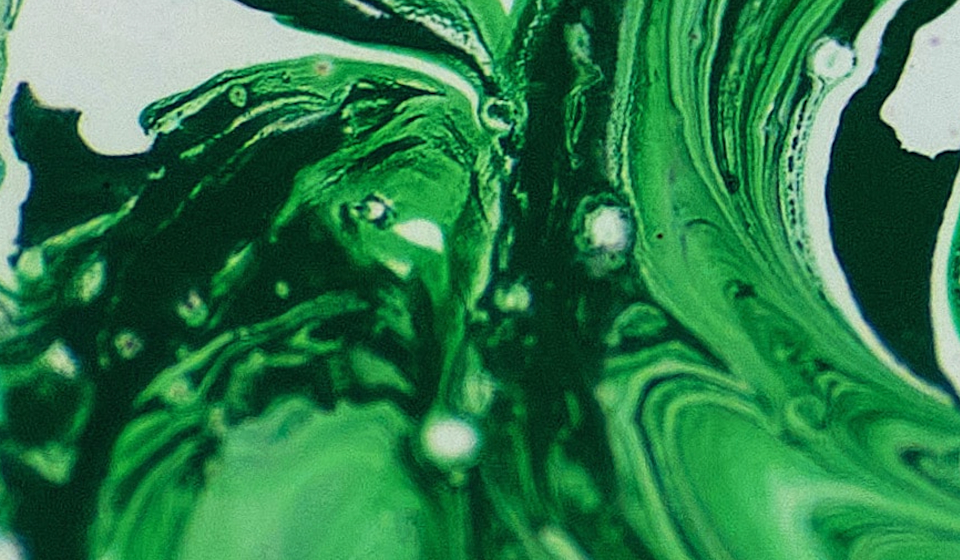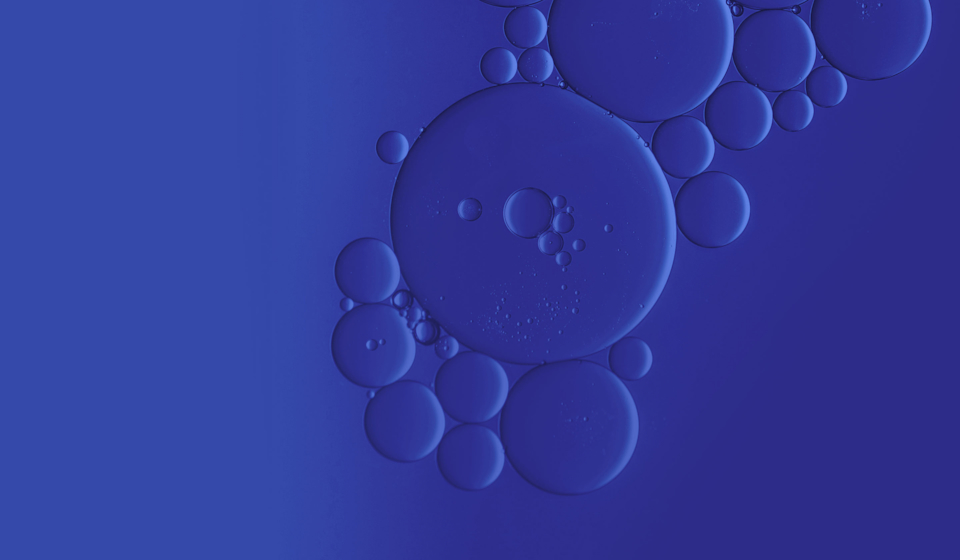Essential Takeaways
- Are chemicals inherently bad? Should synthetic ingredients be avoided? Is plastic packaging eco-friendly? When it comes to the world of clean product development and packaging, there’s no shortage of misconceptions out there.
- We spoke with two of our in-house experts—Kevin Ewell, VP of Product Innovation, and Michael Houston, Senior Director of Package Engineering & Sustainability—to get some facts straight.
Chemicals, bad. Natural ingredients—good. And if it comes in plastic? Consider it an environmental pariah.
Accurate or not, these adages probably sound familiar. Because when it comes to the world of clean product development and packaging, there’s no shortage of misconceptions out there.
In some ways, this discernment can be seen as a very good thing—it means people are asking questions about what they’re putting into (and onto) their bodies. (To be clear, we’re big fans of skepticism over here.)
The thing is, many commonly held assumptions around formulation and sustainability are misunderstood, if not entirely erroneous—and when it comes to making informed decisions, knowledge and context are paramount.
We spoke with two of our in-house experts—Kevin Ewell, VP of Product Innovation, and Michael Houston, Senior Director of Package Engineering & Sustainability—to do some myth busting and finally set the record straight.





